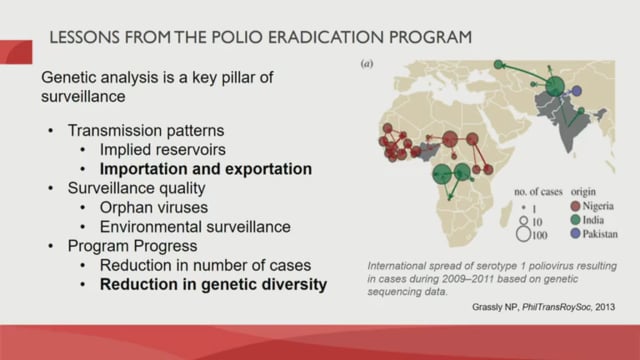Last Updated: 20/02/2025
Development of tools and strategies for malaria molecular surveillance. Countries included: Peru, Vietnam, Rwanda, Burkina Faso and DRC.
Objectives
The program goal is to establish a molecular surveillance network with research institutes and reference laboratories in malaria endemic countries with close collaboration with malaria control programs. The aim is to increase capacity (and ownership) to generate country-level malaria molecular surveillance data to monitor the efficacy of control/elimination interventions to inform national malaria control programs and relevant stakeholders in the country.
National Institute of Biomedical Research (INRB), Dem. Rep. of Congo
Cayetano Heredia University (UPCH), Peru
National Institute of Malaria, Parasitology and Entomology (NIMPE) Vietnam, Vietnam
Clinical Research Unit of Nanoro (CRUN), Burkina Faso
Rwanda Biomedical Centre (RBC), Rwanda
University of Rwanda, Rwanda
Wide-scale deployment of malaria control interventions, including artemisinin combination treatment (ACT), has resulted in global reduction of malaria incidence rates by 18% and mortality rates by 32% between 2010 and 2016. However, malaria cases have stabilized around 210 million cases per year since 2013, and even increased to 228 million cases in 2018, signalling that without sustained control pressure and implementation of novel approaches, these gains could be reversed. One of the main challenges is the increasing prevalence of drug resistance, especially artemisinin resistance, which threatens to destabilise malaria control worldwide. There is an urgent need to build the capacity to implement, strengthen and sustain malaria surveillance systems to achieve successful malaria control and elimination. Molecular surveillance of Plasmodium parasites has been included by the WHO as one of the essential pillars to move towards malaria elimination. In this context, an efficient surveillance system that is able to support national malaria control programs in monitoring emergence and spread of drug resistance, diagnostic resistance, and changes in transmission, requires innovative tools and concerted efforts of interdisciplinary and transdisciplinary research teams.
We have recently designed new highly-multiplexed deep sequencing assays (AmpliSeq for P. falciparum and P. vivax), compatible with benchtop sequencers, allowing for high accuracy sequencing at higher coverage and lower cost than WGS, targeting genomic regions of interest. The novelty of the assay is in its high number of targets multiplexed in one easy workflow, combining population genetic markers with full-length resistance genes, and SNP-barcodes for potential of in-country resolution applicable for different use cases.
We propose to establish a molecular surveillance network with research institutes and reference laboratories in malaria endemic countries with close collaboration with malaria control programs. We aim to increase capacity (and ownership) to generate country-level malaria molecular surveillance data to monitor the efficacy of control/elimination interventions to inform national malaria control programs and relevant stakeholders in the country.
SOP: AmpliSeq custom assay for molecular surveillance of Plasmodium falciparum and Plasmodium vivax parasites from dried blood spot DNATraining: Introduction to Bioinformatics for Malaria Molecular SurveillancePublicationsData analysis pipeline: Plasmodium-AmpliSeq-Pipeline
Jan 2022 — Dec 2026
$676,311


